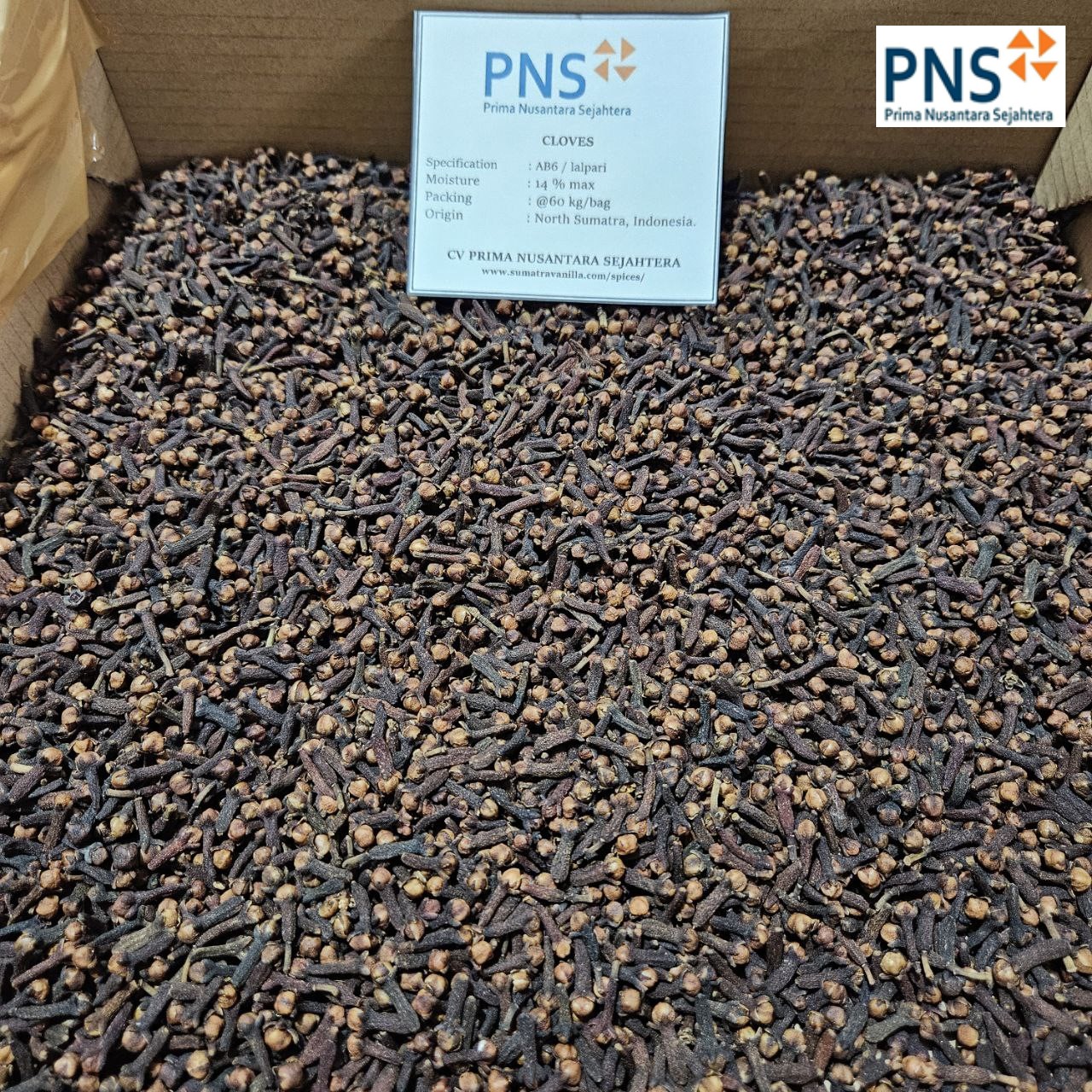Cinnamon Cassia
A spice made from the bark of the Cinnamomum aromaticum tree. Cassia bark (both powdered and in whole, or “stick” form) is used as a flavouring agent for confectionery, desserts, pastries, and meat; it is specified in many curry recipes, where Ceylon cinnamon is less suitable. Cassia is sometimes added to Ceylon cinnamon, but is a much thicker, coarser product. Cassia is sold as pieces of bark (as pictured below) or as neat quills or sticks. Indonesian Cassia sticks can be distinguished from Ceylon cinnamon sticks in the following manner: Ceylon cinnamon sticks have many thin layers and can easily be made into powder using a coffee or spice grinder, whereas cassia sticks are extremely hard and are usually made up of one thick layer.
Processing
Cassia bark comes to the factory in raw form. Upon drying they curl inwards from outer edge into round sticks. Usually it is single curled because of its thickness. Thin barks can curl from both edges making it double curled sticks. The length of the sticks may be upto 1m and thickness of bark is between 1-4mm. Sticks are sorted manually in different grades depending on its thickness, colour and quality. Curled sticks are cut into required lengths from 6cm to 60cm. Other sticks are used as broken chips or grinded into powder.
Grades
Cassia Vera AAA cut sticks, Rolled 100%.
6cm – 60cm. Single curled thick sticks and double curled thin sticks.
Cassia Broken KABC.
Oil content: 2-4%. It is much cleaner yellowish bark.
Ground Cassia (Variable Mesh Size & Oil content).
Any of the grades can be grinded into powder but usually KABC is preferred for grinding due to its flavour, oil content and price.
Packing
Cut Sticks are packed in 1kg plastic packets, put into 20kg or 25kg strong cartons.
Long A Sticks are packed in 50kg net PP bales.
Broken Cassia chips are packed in 50kg net PP bags.
Ground Cassia is packed in 25kg net Kraft paper bags with inner polythene.
Loading Capacity.
Cassia vera cut sticks
1 x 20’fcl – 10 – 11mt
1 x 40’fcl – 24 – 25mt
Cassia a sticks
1 x 20’fcl – 8 – 9mt
1 x 40’fcl – 18 – 19mt
Cassia broken
1 x 20’fcl – 14 – 15mt
1 x 40’fcl – 26 – 27mt
Cassia powder
1 x 20’fcl – 15 – 16mt
1 x 40’fcl – 26 – 27mt
Storage & Shelf Life
Recommended storage temperature is between 15-19ºC and relative humidity is between 50%-60%. Cassia attracts insects due to its sweetness hence it is required to fumigate this spice regularly and store in clean dry place.



